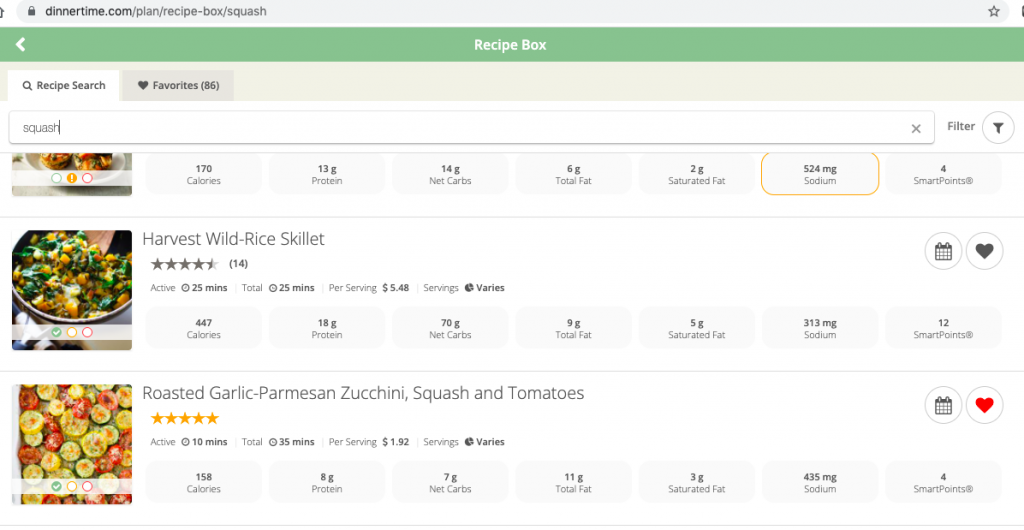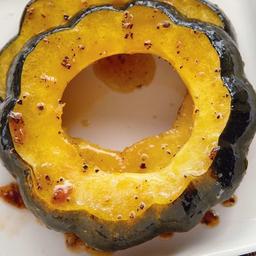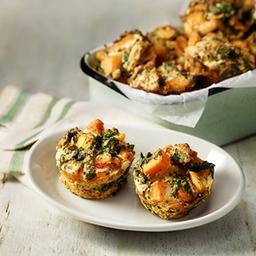
Have you ever participated in a dinner club? Some folks call it a supper club or a potluck dinner. When my hubby and I were first married, we got together with three other couples about every six weeks for a dinner party. We each took turns hosting in our homes, but spread out the cost by splitting up the food duties on a rotational basis. For example, if you hosted, you made the main dish (and cleaned your house!) The next time, you would provide the dessert. It was up to the host to decide whether to provide the other members with a specific recipe or to let everyone decide what they wanted to bring, within their category…appetizer, sides, dessert etc.

The one rule for our dinner club was that we had to try a new recipe, something that wasn’t a tried and true dish. And let me tell you, that rule really pushed me to expand my cooking skills, which needed to move past baked chicken! I remember making my first ever soufflé at one of these dinners. (I know…pretty impressive!) Check out your DinnerTime Recipe Box for new recipes.
One time, I asked my mother for a suggestion for a side dish. I can’t recall what the main dish was except it was some type of beef. Mom gave me a recipe that started my love affair with winter squash. It was a huge hit at the party and everyone wanted to know how I made it. You’ll laugh when you read the recipe and see how super simple it is to make. What I’ve found is that lots of squash recipes are easy and provide a lot of bang for the effort.
- Nutritionally, winter squash is a winner. Depending on the variety, winter squash is low in calories, at only 50-90 calories per cup and loaded with B-6, Vitamin C, magnesium, potassium, high levels of alpha-carotene and beta-carotene (converts to Vitamin A) and is high in fiber. It adds up to being a heart-healthy, a diabetes-friendly and a cancer preventative food. Win, Win, Win!
- Winter squash has a thick rind that allows you to keep it for longer periods of time. Unlike summer squash, such as zucchini or yellow squash, winter squash is best when it has been harvested at full maturity. Choose heavy, unblemished squashes. If the stem is moldy it may no longer be good.
- Store your winter squash in a cool dry place. If you are lucky enough to have a root cellar, your winter squash can be stored for up to six months. However, it can last for up to three months on your kitchen counter. Butternut squash has a thinner skin so will only last up to a month. Once it is cut, store it in the refrigerator. (Pre-cut squash will only last for about three days)
- Most of us are familiar with a few types of winter squash such as butternut or spaghetti squash, but I encourage you to try some of the other varieties for fun. You can substitute any sweet, orange-fleshed variety of winter squash for another such as acorn, butternut, buttercup, Hubbard, and sugar pumpkin.
Tips to start your own Dinner Club:
Set the members. If one of the members can’t make it one night, then the host can invite someone else to round out the party.
Decide on the year’s schedule. We met around every six weeks and took a break during the summer.
Determine the food rotation. We had 4 roles:
- Host: Provide main dish and drinks
- 2nd Position: Appetizer/Hors d’oeuvres
- 3rd Position: Side Dishes
- 4th Position: Dessert
The host sets the scene. It can be set inside, outside or special locale like a barn. The meal can have a theme such as Mexican or Italian. One time we did a mystery night with assigned roles! (so hilarious!)
More tasty squash recipes!
Search for more delightful recipes in your DinnerTime Recipe Box.
Use the filter function (found on right of your DinnerTime Recipe Box search) to find desserts, main dish, side dishes etc.



